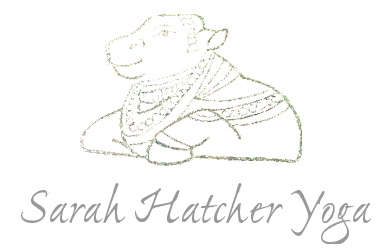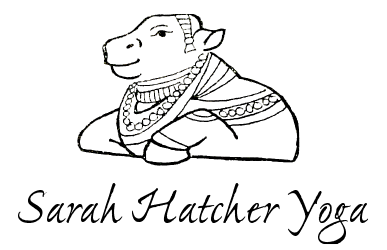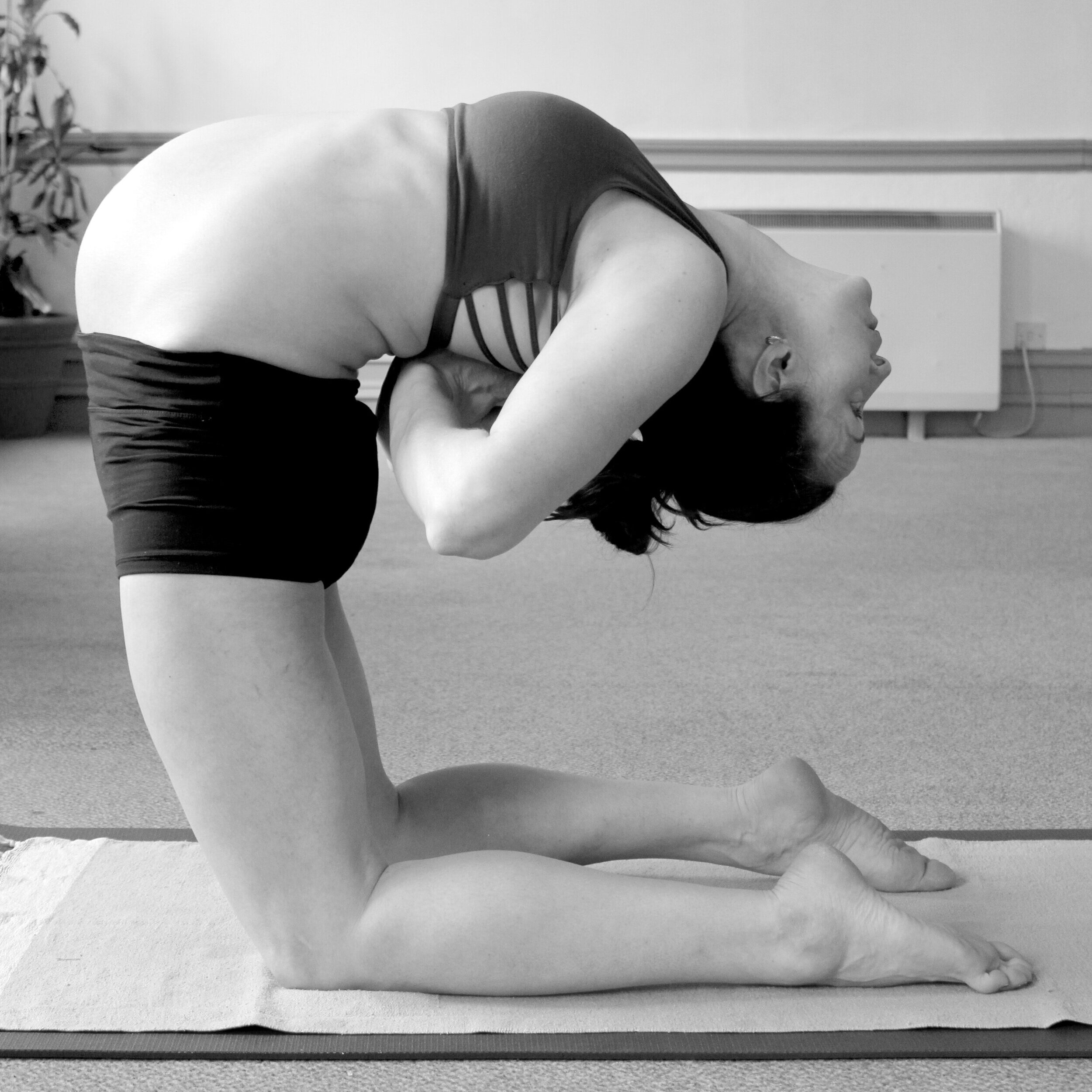
Sarah is passionate about sharing her love of the practice of ashtanga yoga. Read Sarah's blog, "Ashtanga Yogini on the Move” where you can learn more about her practice, her teachings and read poems and stories of practice on and off the mat.
The Ideal Yogic Practice

Going on a Treasure Hunt
“The practice begs our attention because it is so difficult; like rock climbing, it isn’t very forgiving. You must work at it. You must give it the attention it deserves, or you will be robbing yourself of the joys of samadhi. This bliss or place of all knowing - also called “samadhi” or absorption of the self - this is what we are seeking each and every time we step on that mat.
How you get there yogi, that is your own travel itinerary! Remember that your travels plans may or may not be the same pathway as someone else; in fact your path of yoga is always different from someone else’s! Each and every one of your practices is a personalised treasure hunt where you go searching for the gold. We all have our maps! Yet is it really the gold that us yogis want?”
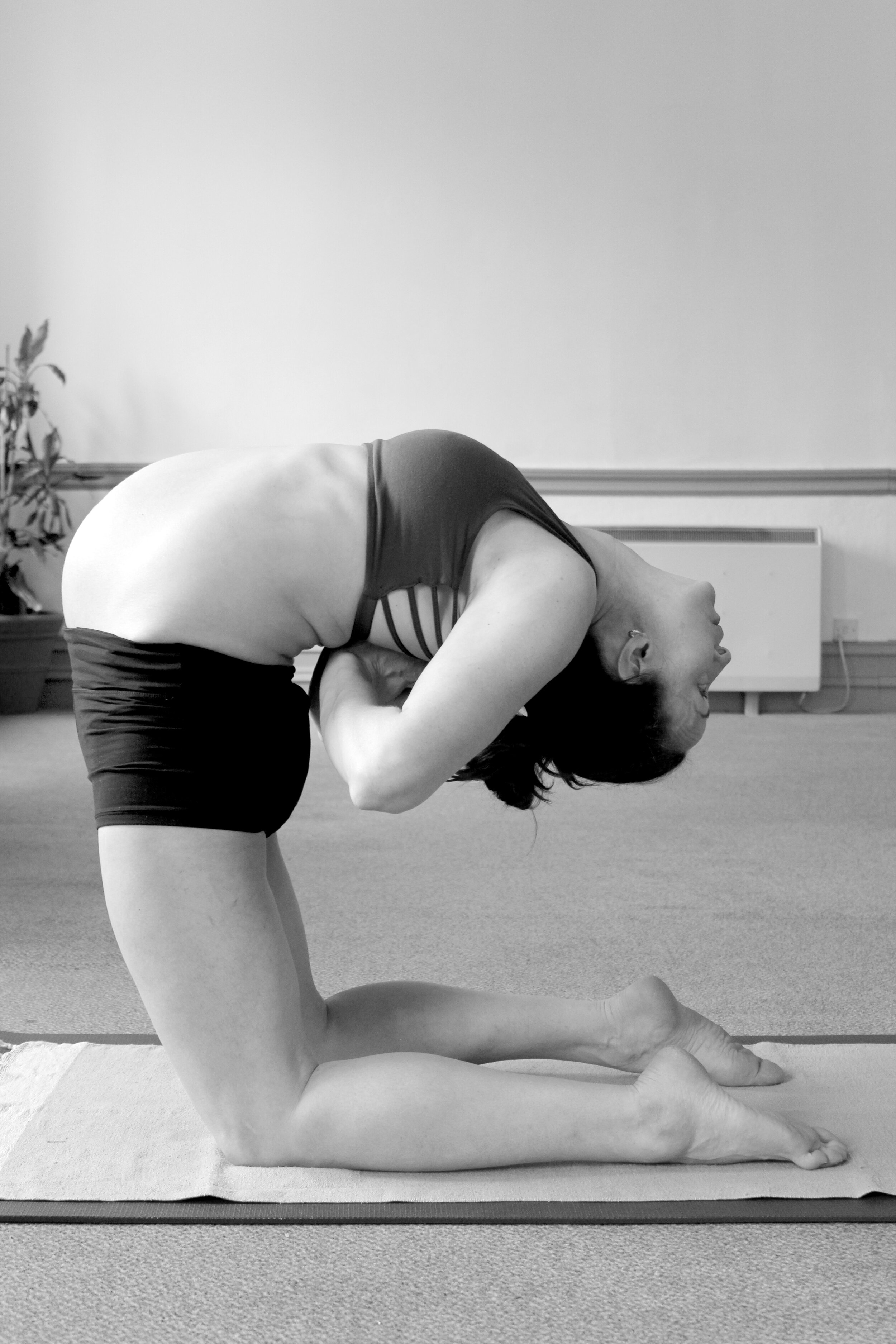
Pregnancy and Ashtanga Yoga
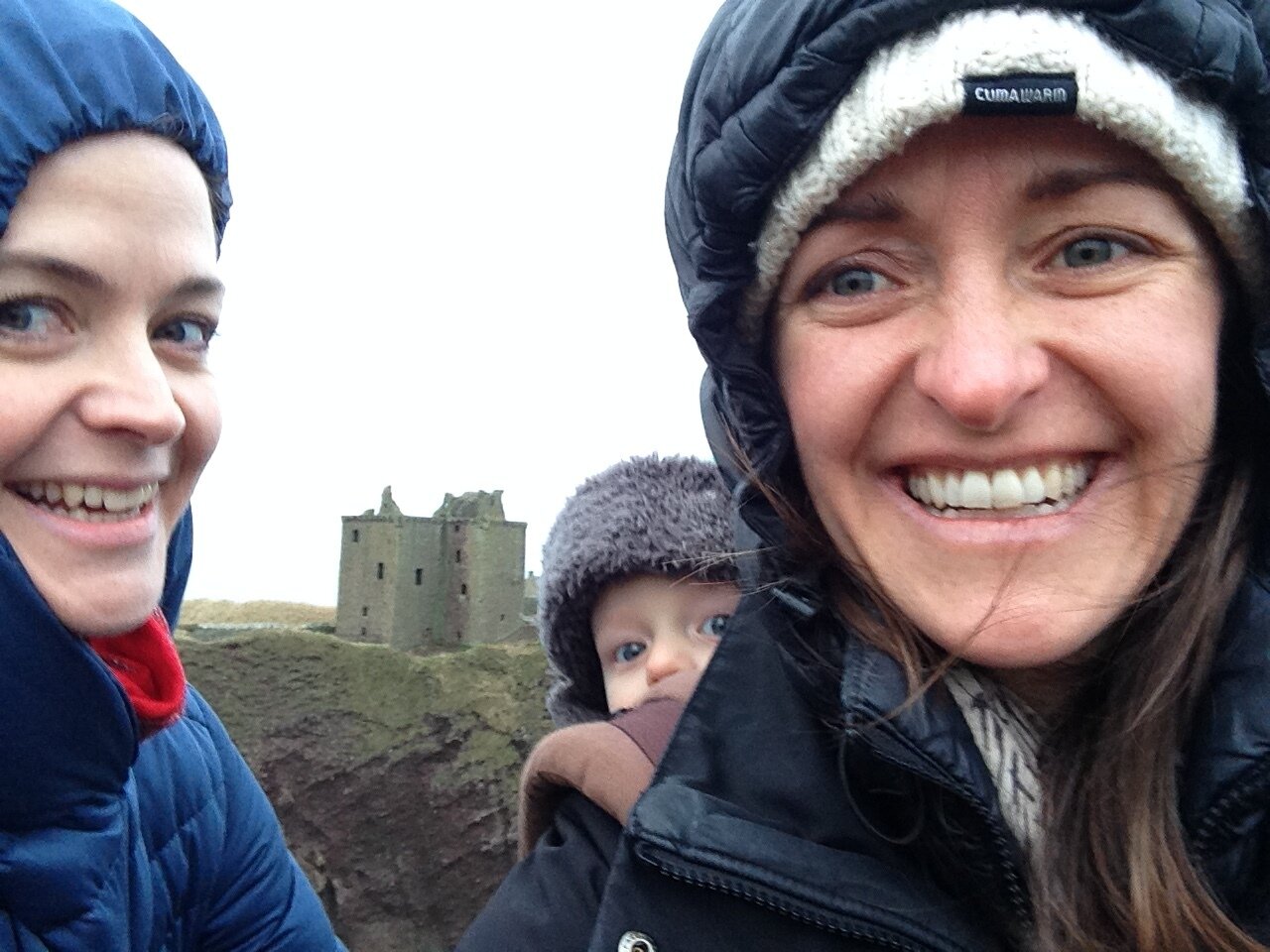
Chanting: Why do it?
Sarah writes about how to start a chanting practice, 2016.
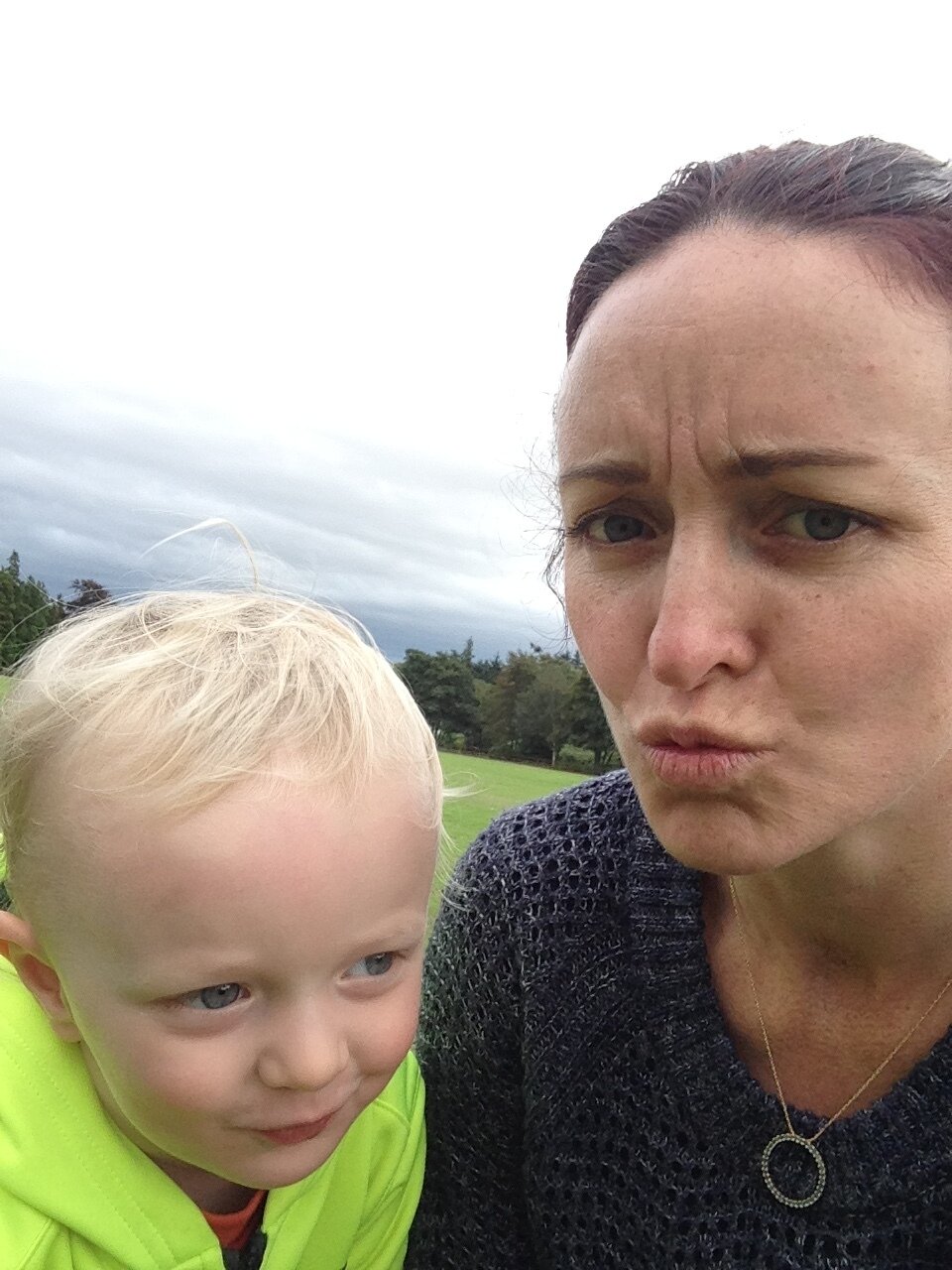
Daily Practical Practice
Sarah offers a detailed prescription on how to take daily practice. Purposeful practice, one that is varied and changes from day to day. The guidelines shared are from Sarah’s experience of practicing for the past twenty years.
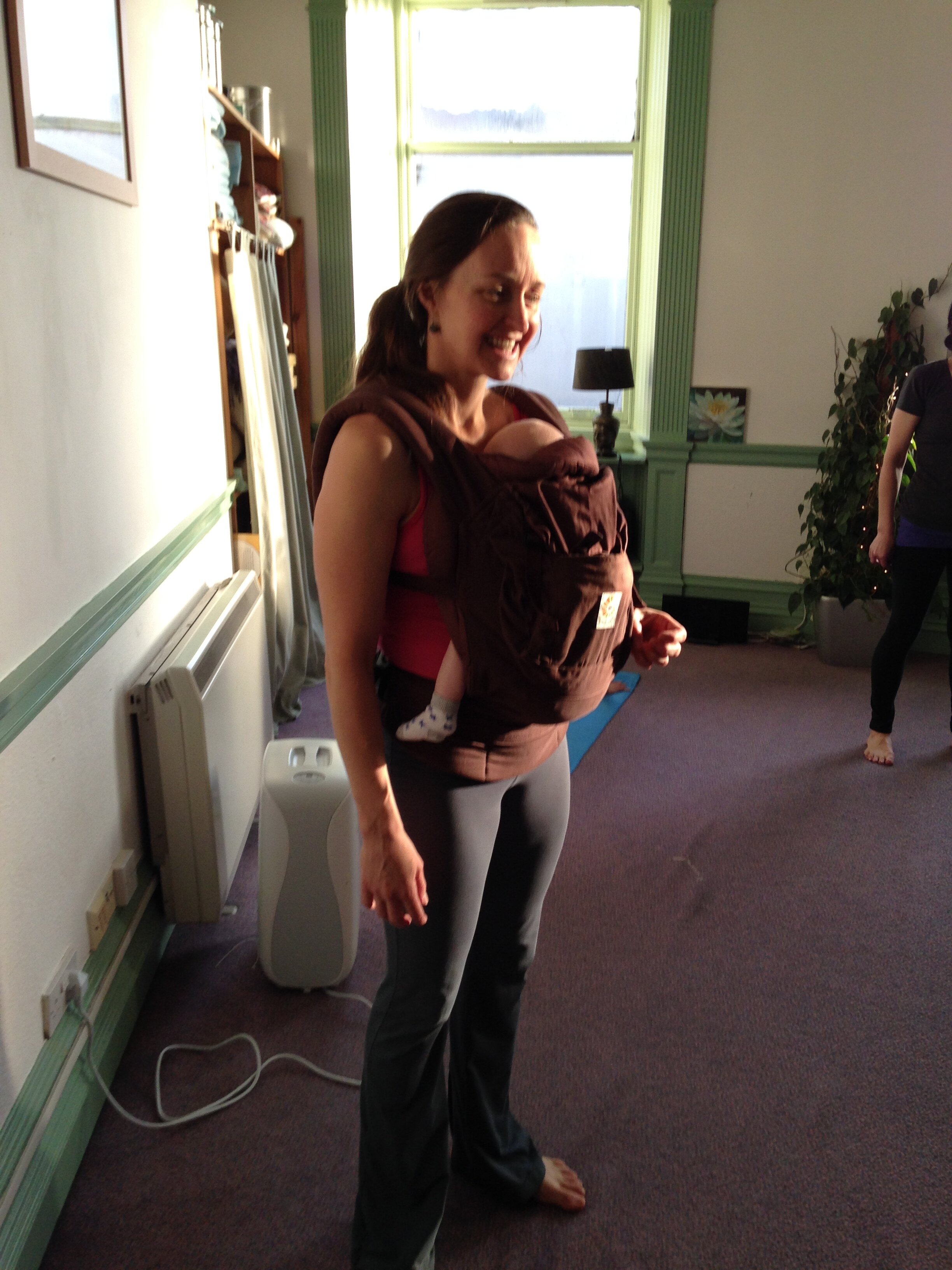
Three Easy Practice Rules Post Baby or Post Break
Sarah shares what to expect post baby and how to get back on the mat safely. She details specific asanas to practice and work on to build the strength and stamina, health and mental wellness back after childbirth.
